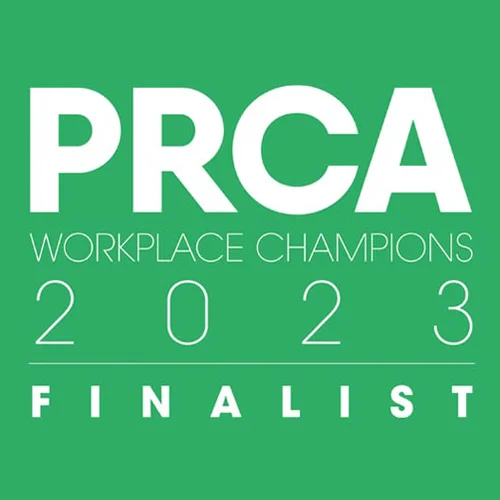You can’t call yourself a true Brightonian, I reckon, unless you’re often seen coasting around on a rusty, secondhand bicycle with some sort of basket, ideally wicker, attached.
Cathy disagrees. Once she all but went into shock at the mere suggestion of owning a bike in Brighton – the same Cathy, that is, who admits to going for a jog one morning in the pitch black to shake off sore legs caused by “too much sleep” (too much sleep?! 6.30am?! A jog?!). “A bike?!” Cathy said. “Are you mad? But think of the hills in Brighton!”
Indeed there are hills, gigantuous ones, really more like mountains. And I have on occasions when I’ve felt my thighs and lungs begin to burn about two feet into the incline, cursed the day hills and bikes were born. But there are also loads of cycle paths throughout the flat parts, including a magnificent route all the way along the seafront from east of Brighton Harbour to west of Hove. What’s more satisfying than, at the weekend, being propelled gently by the sea breeze along the seafront to a café selling chippie chips, beer and even ice cream?
By cycling rather than walking into work I also slash my journey time by 10 minutes (including the five minutes I spend fumbling at each end with my bike lock). That’s 10 whole luxurious extra minutes snugged under my duvet dreaming about one day owning a brand shiny new bike.
The other day the owner of the building that Magenta happily lives in requested that I remove my bike from the railings outside, carry it down stairs to a makeshift area and attach it to a flimsy hoop in the wall. I obliged, somewhat grudgingly. My bike on the railings hadn’t been harming anyone, just as the other bikes on railings outside other properties in the street are out of the way, not harming anyone. Now not only was my bike insecurely attached to a hoop moonlighting as a towel-holder, but I could harm myself carrying a steel frame bike up and down concrete stairs. Adding insult to my injured sense of fairness, when I retrieved my bike at the end of the day it was covered in a thick layer of dust from the building works in the yard next door. Since then I’ve had to secure my bike to a lamppost a few feet down the road.
This unnecessary palaver got me thinking about the importance of providing good cycle parking to keep an increasing number of cyclists happy. Larger companies (courtesy of FMs), building owners and councils all have a responsibility. You might say that I’m somewhat out of season. But down south at least, there are still a good few cycling days left of the year, I think.
So how should cycle racks be managed properly? A range of issues must be considered: is cycle parking safe and secure, visible, accessible, easy to use, available; what type of parking should be provided; how much should be provided; what else should be provided to support cycle parking; and how should staff be encouraged to cycle to work (a workforce that regularly cycles to work is likely to be fit, healthy and on time), among other issues. Transport for London’s excellent Workplace Cycle Parking Guide, fortunately, has many of the answers.
Back in Brighton, Brighton & Hove City Council provides a stellar amount of safe and secure cycle parking all over the city. Saying that, should they someday soon wish to provide some in the middle of Grand Parade next to Magenta’s office …
Does anyone else cycle into work? What are the issues you’ve encountered in doing so? Does your employer provide good cycle parking – or could they do better? We’d love to hear your comments.














